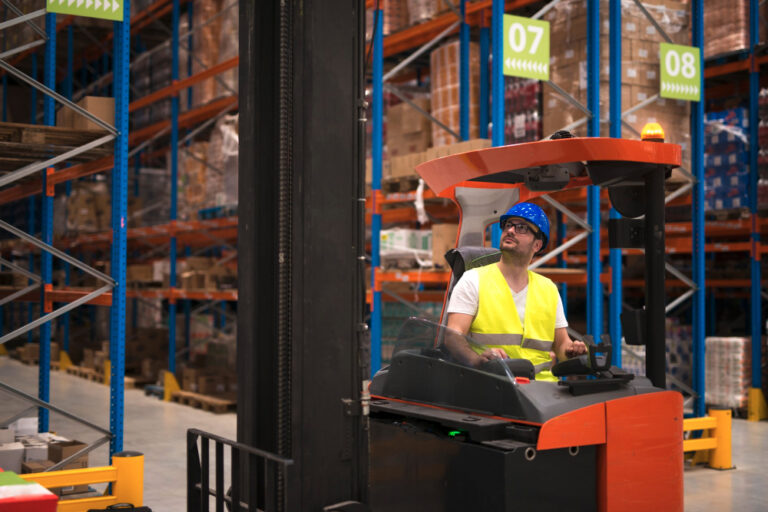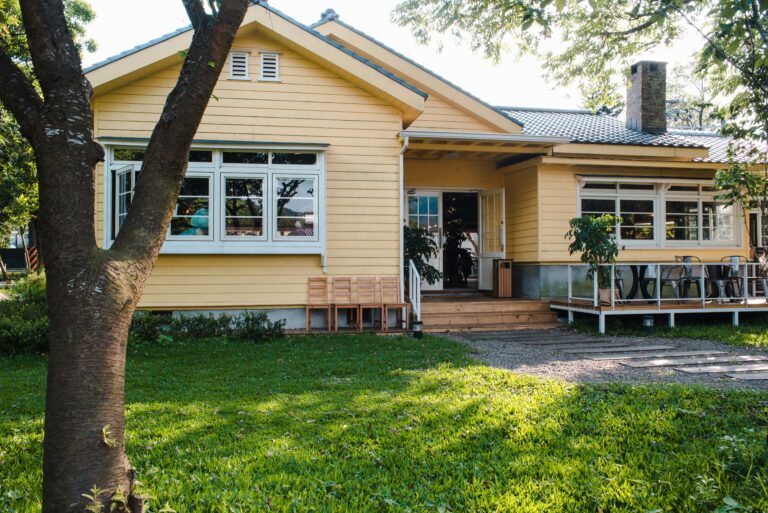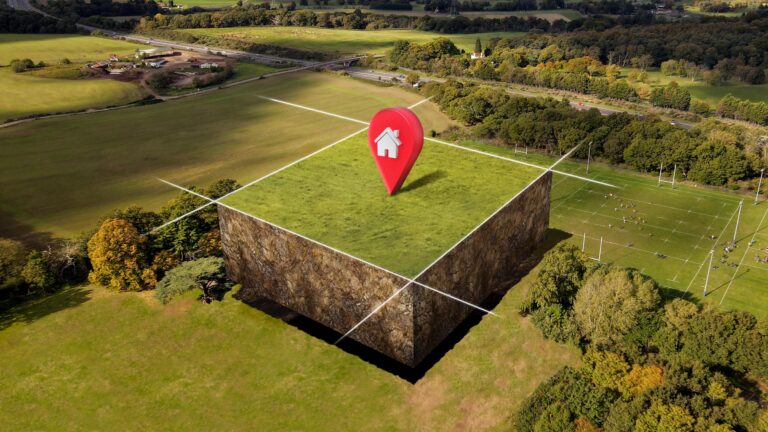Navigating the Digital Frontier: Australia and the Maturing Metaverse
The concept of the metaverse, once relegated to science fiction, is rapidly evolving into a tangible and increasingly influential aspect of our digital lives. In Australia, businesses, educators, and individuals are beginning to explore the diverse opportunities presented by these immersive virtual worlds, while also grappling with the inherent challenges.
Business and Commerce in the Metaverse: Early Australian Adopters
Australian businesses are starting to recognize the potential of the metaverse for marketing, customer engagement, and even virtual storefronts. Retailers are experimenting with virtual showrooms where customers can browse and interact with products in a 3D environment before making a purchase. Tourism operators are offering immersive virtual tours of iconic Australian landmarks, attracting potential visitors and extending their reach beyond geographical limitations.
Furthermore, the metaverse is creating new avenues for digital commerce, with the rise of Non-Fungible Tokens (NFTs) and virtual real estate. Australian artists and creators are leveraging NFTs to monetize their digital work, while virtual land ownership is attracting investment and the development of virtual communities and experiences. However, regulatory frameworks and consumer protection measures are still in their nascent stages, requiring careful consideration as this digital frontier expands.
Education and Training in Immersive Virtual Environments
The educational sector in Australia is also exploring the transformative potential of the metaverse. Virtual reality field trips can transport students to distant locations or historical periods, providing immersive and engaging learning experiences that traditional methods cannot replicate. Medical and technical training programs are utilizing VR simulations to provide hands-on practice in safe and controlled environments, enhancing skill development and knowledge retention.
Universities and vocational training institutions are beginning to establish a presence in virtual worlds, offering virtual lectures, collaborative learning spaces, and even virtual graduations. The accessibility and engagement offered by metaverse-based learning have the potential to democratize education and reach students in remote or underserved areas.
Social Interaction and Community Building in Virtual Australia
Beyond commercial and educational applications, the metaverse is fostering new forms of social interaction and community building among Australians. Virtual social platforms allow individuals to connect with others who share similar interests, attend virtual events and concerts, and participate in online communities. For those in geographically isolated areas or with mobility limitations, the metaverse can offer valuable opportunities for social connection and engagement.
However, concerns surrounding online safety, privacy, and the potential for social isolation within these virtual worlds need to be addressed. Ensuring responsible development and fostering digital literacy are crucial to maximizing the benefits of the metaverse while mitigating its potential harms.
Infrastructure and Accessibility Challenges in the Australian Context
The full potential of the metaverse in Australia hinges on robust digital infrastructure and equitable access. While major urban centers are generally well-connected, ensuring high-speed internet access for all Australians, particularly in regional and remote areas, is essential for widespread metaverse adoption. Government initiatives aimed at bridging the digital divide will play a critical role in making these immersive experiences accessible to everyone.
Furthermore, the cost of VR headsets and other necessary hardware can be a barrier to entry for some individuals. Efforts to develop more affordable and user-friendly metaverse technologies will be crucial for broader adoption.
External Reference: The Australian Government’s Department of Infrastructure, Transport, Regional Development, Communications and the Arts provides information on digital connectivity initiatives: https://www.infrastructure.gov.au/




